In this piece, we’ll discuss at least 10 ways that Apple could improve the iPhone to make it even better than how it currently is.
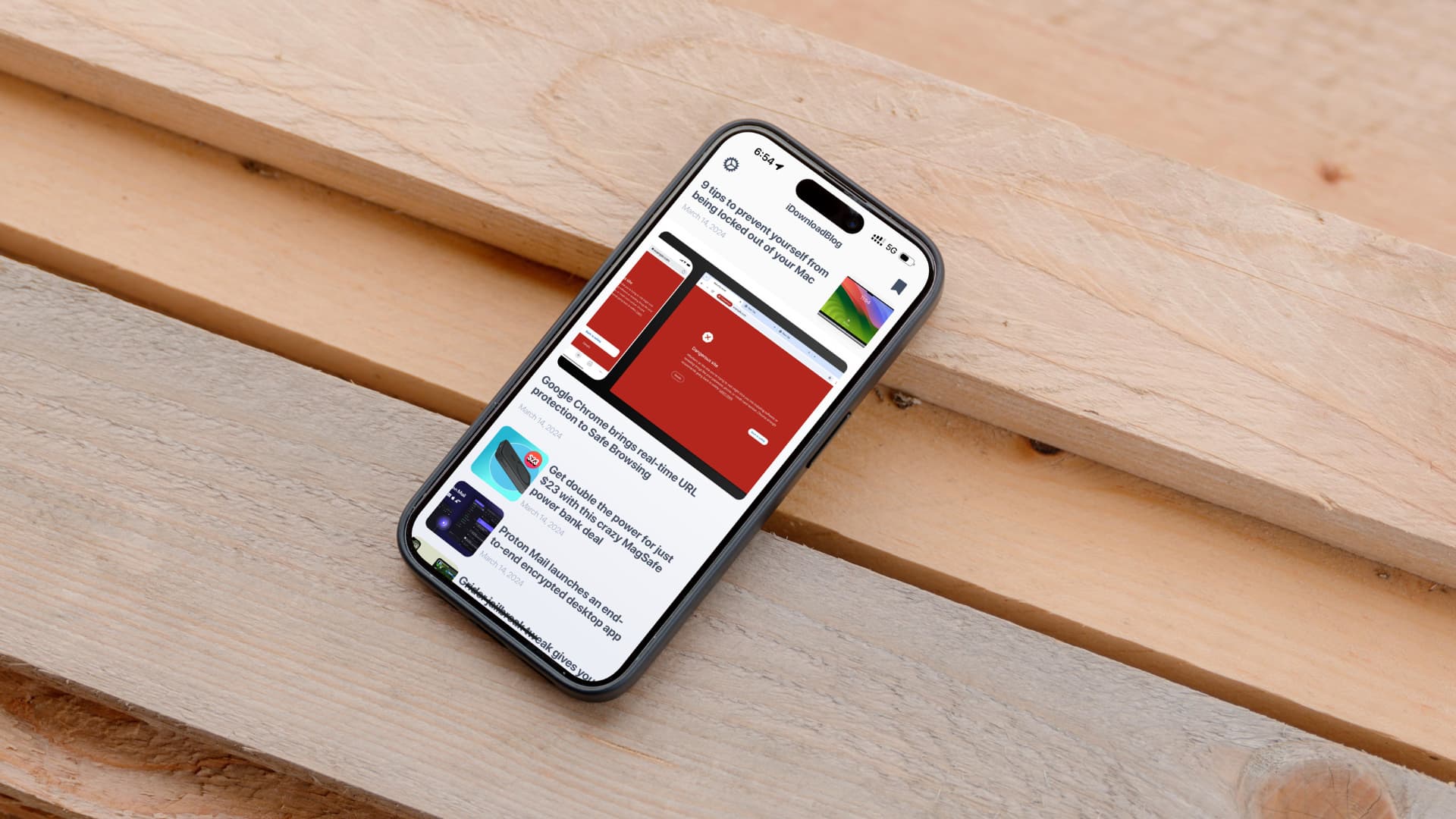
The iPhone is a spectacular device, and I would be hard-pressed to replace it with something else merely because of the shortcomings mentioned below. Nevertheless, demanding a high price tag also bears the responsibility of doing everything possible to make the best all-in-one smartphone, and in all fairness, I think Apple falls short in a few places.
These are ten ways that I think the iPhone could be improved, and there are surely many other opinions out there. You’re welcome to share yours in the comments section below after going through my thoughts.
1. ProMotion display across the board
I have been the subject of ample debate on social platforms, saying an ‘average’ user does not care about the 120Hz screen, but I beg to differ.
Most people have not used the smooth ProMotion 120Hz screen and do not know what they are missing. Once you use a 120Hz screen for a few days, it’s very difficult to go back to a 60Hz panel.
It’s about time Apple introduced ProMotion across its lineup and did not limit it to just the Pro models.
2. Higher battery capacity
Compared to some of the Android-centric competition out there, the iPhone’s mAh (milliamp-hour) rating is somewhat low, and Apple should change that.
Despite how economical iOS can be regarding power consumption, this seems like a poor excuse to justify a smaller battery. Just imagine the potential benefits of a power-sipping operating system paired with a ginormous battery; you’d be away from the charger for extended periods and could be more confident in your battery throughout the day.
Apple could even take things a step further by making the battery removable so that it can be serviced more efficiently by the end user instead of needing to schedule an appointment with an Apple Authorized Service Provider.
3. Split Screen

I love Split Screen on my iPad and use it almost every day to use two apps at the same time. Given the gigantic screen on my iPhone 15 Pro Max, sometimes I long for a Split Screen mode here.
Now, I also understand that the phone screen is not as big as an iPad, but I hope Apple’s incredible team can figure out a way to implement Split Screen on the iPhone. Many Android phones already support using more than one app simultaneously, and it’s certainly great to have it in certain circumstances.
4. Better front-facing camera
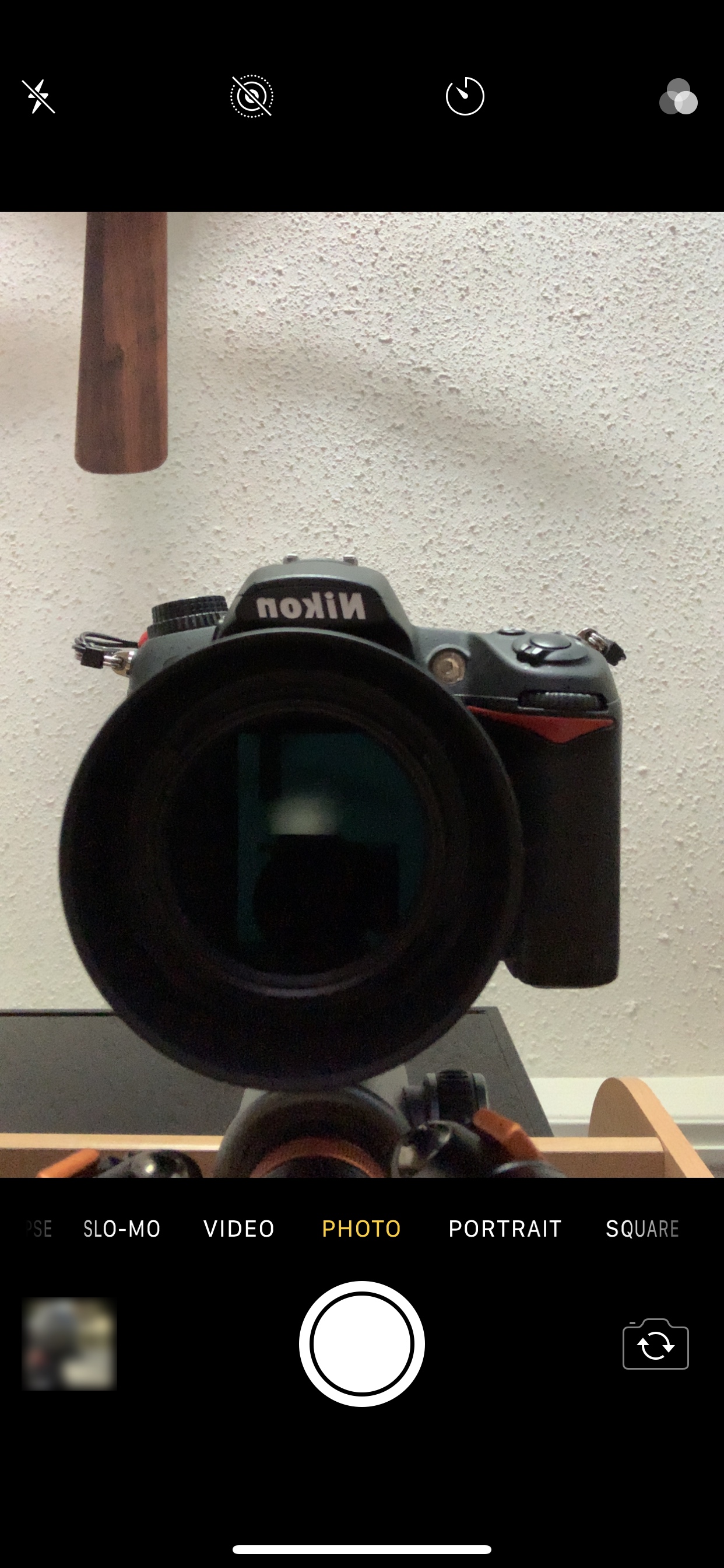
The iPhone is no slouch in the camera department, but the front-facing FaceTime camera could do with some improvement.
As you might recall, the front-facing camera system received heaps of criticism for making people look like porcelain dolls in selfies. Apple later resolved the issue by toning the skin-softening down in a software update, but Apple could undoubtedly integrate optional beauty mode features into iOS if they wanted to.
The front-facing camera could also be improved with more standard camera features, such as better zoom, which appears to be shamelessly absent from the selfie-centric Camera app interface.
And let’s face it, a higher megapixel count wouldn’t hurt either.
5. Removable storage
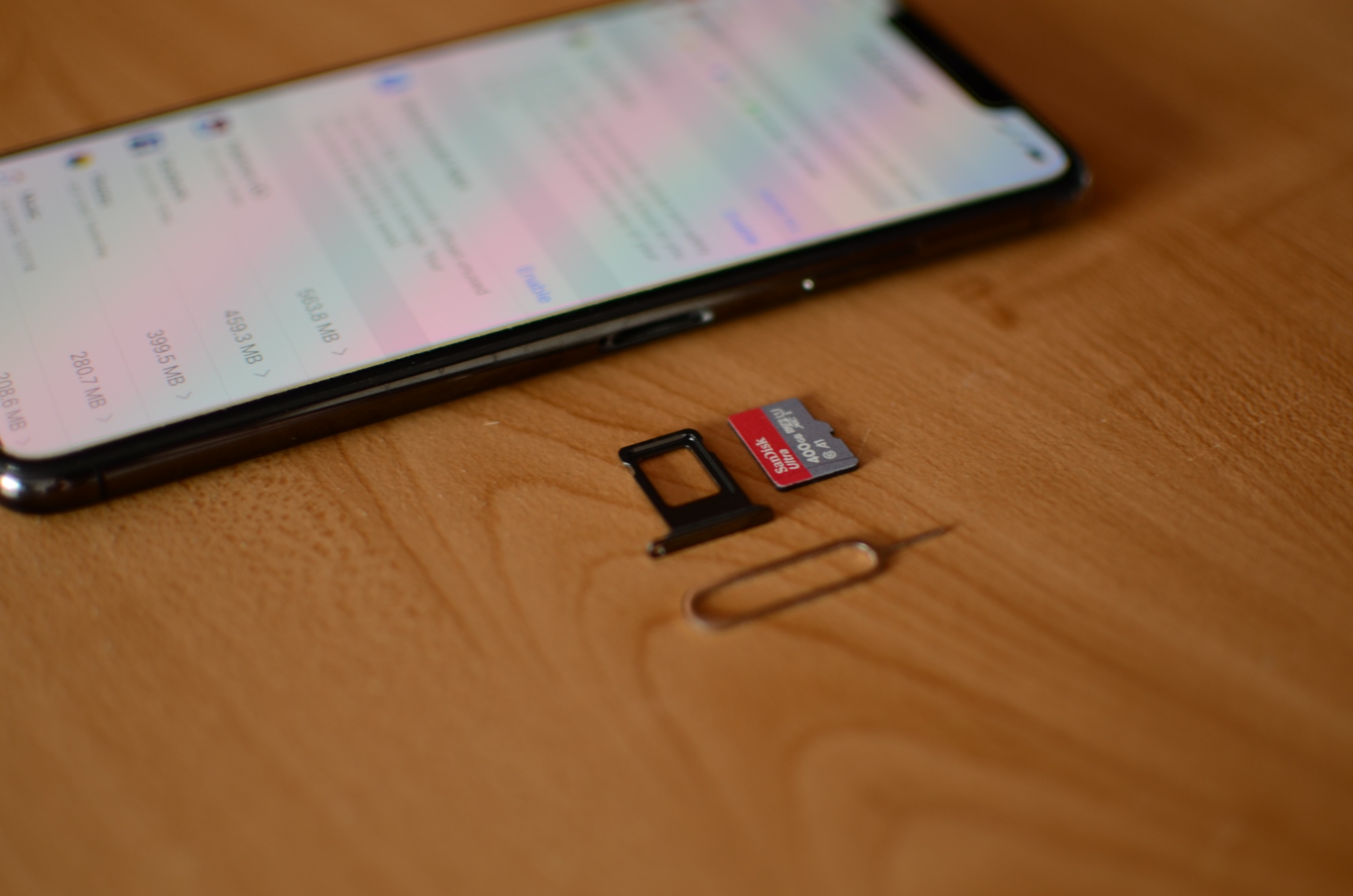
We’ve heard this argument again and again, and it won’t go away until Apple addresses it. After you pick an iPhone storage capacity at checkout, you’re stuck with it until you sell the device. This problem could be easily remedied with the inclusion of a standard micro-SD card slot, which can offer storage options of up to hundreds of GBs.
Apple charges a premium for its internal storage options, while the equivalent in micro-SD card storage can be had for a fraction of the cost. More importantly, those who use their iPhones as point-and-shoot cameras would appreciate having several micro-SD cards to bring around rather than relying on the limited internal storage to store their photos and videos or having it record to an SSD dangling from its port.
Many other handsets have the micro-SD card standard; if Apple did, too, then it would make the iPhone that much more appealing to different audiences.
6. Faster wireless charging
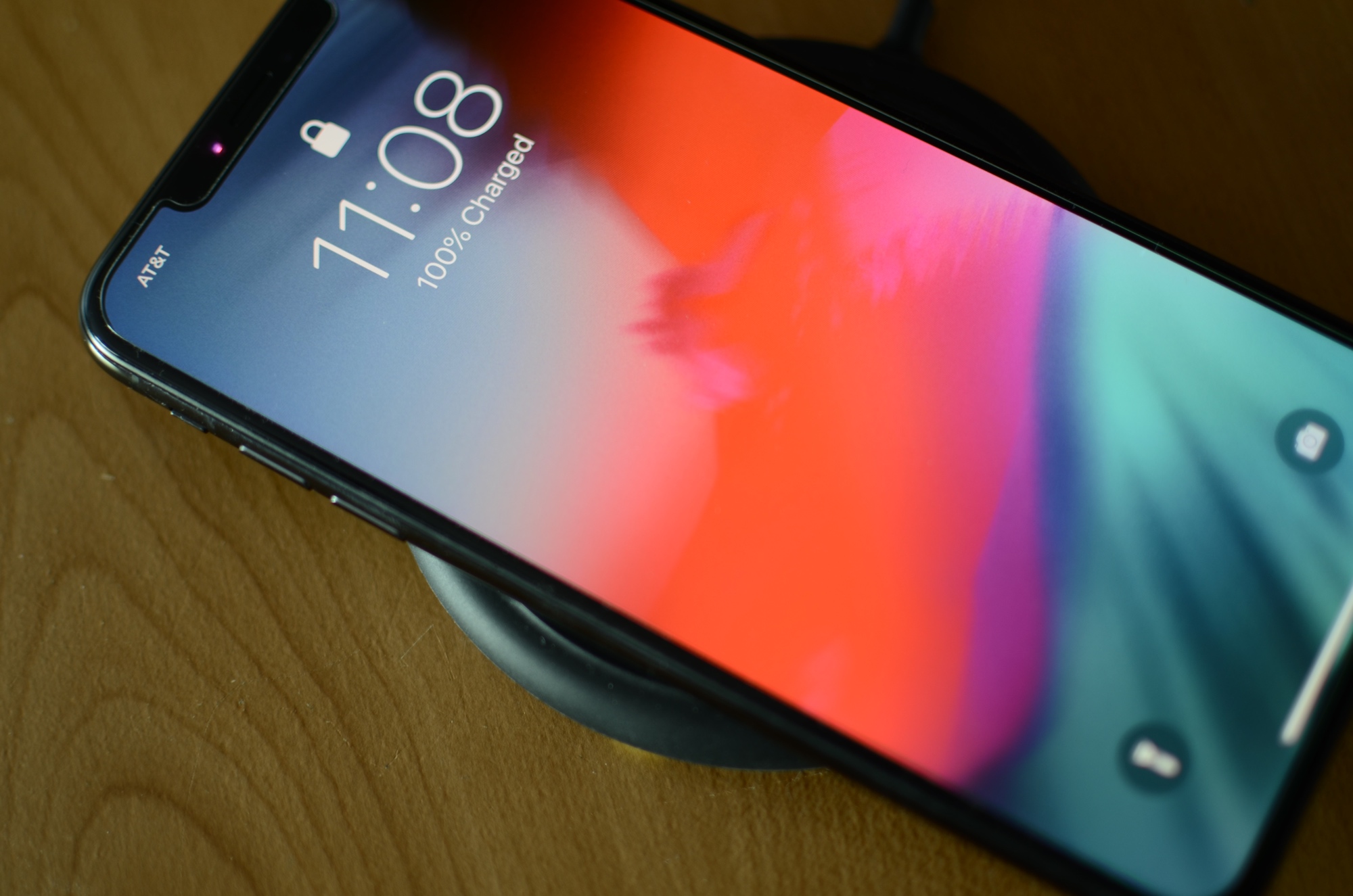
We’re proud of Apple for adopting the Qi wireless charging standard, but it can be improved.
While MagSafe chargers can charge at up to 15 watts, the iPhone only officially supports 7.5 watts when you are using a Qi charger.
Faster wireless charging would be incredibly convenient for the masses, allowing for a quicker charge without tethering to a hard wire when you’re in desperate need of battery juice.
7. Eliminate even the Dynamic Island
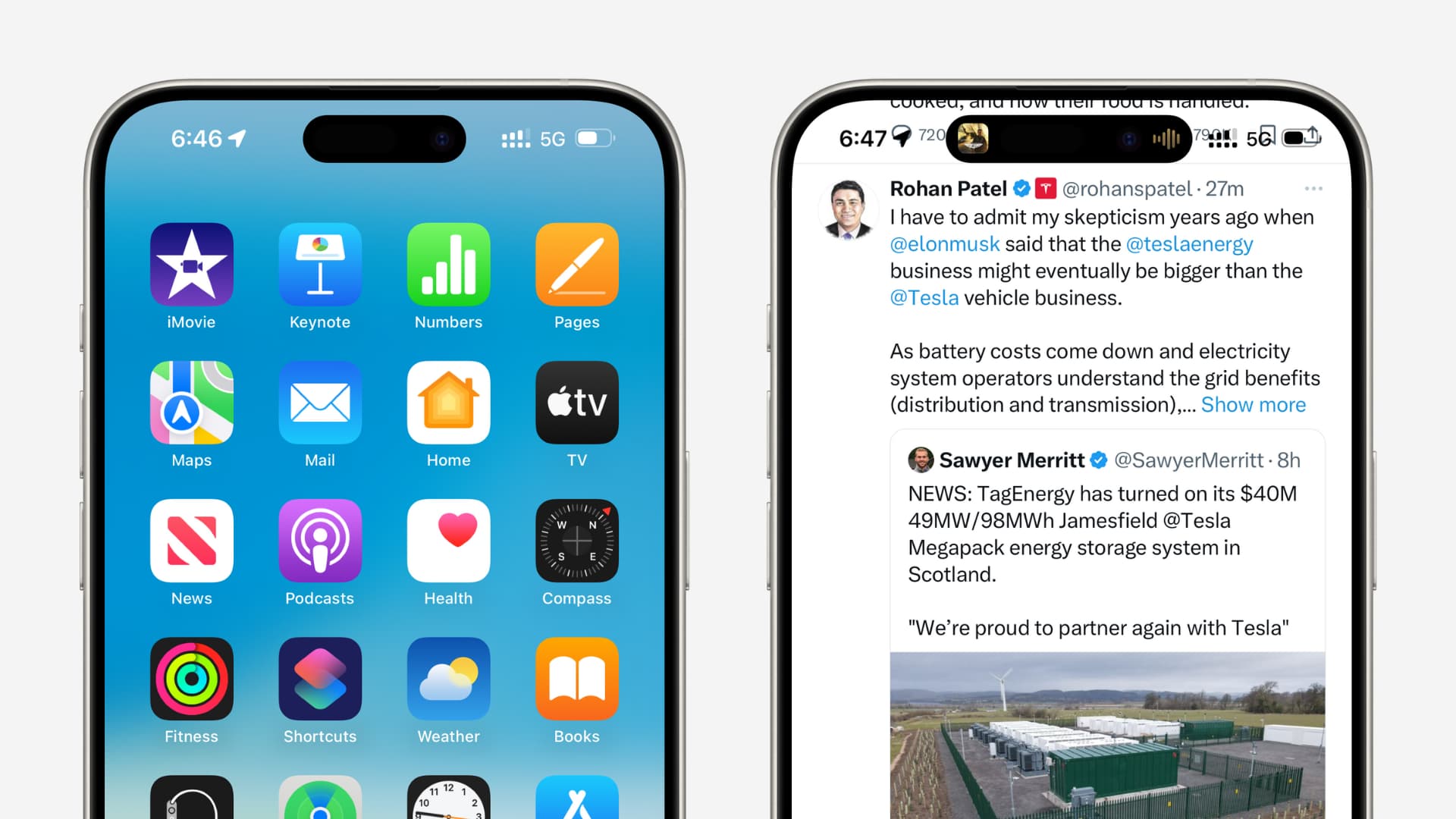
The iPhone 15 series has moved the entire lineup from the big notch to a small pill called the Dynamic Island. However, it would be better if we could do away with even this and get an uninterrupted screen.
I know some people can develop to ignore Dynamic Island, but I find it distracting when watching videos or browsing apps like Twitter.
Sadly eliminating it is harder said than done, and Dynamic Island is likely to stay unless Apple finds a way to integrate the front-facing camera system under the display.
8. Nix the ‘camera hump’
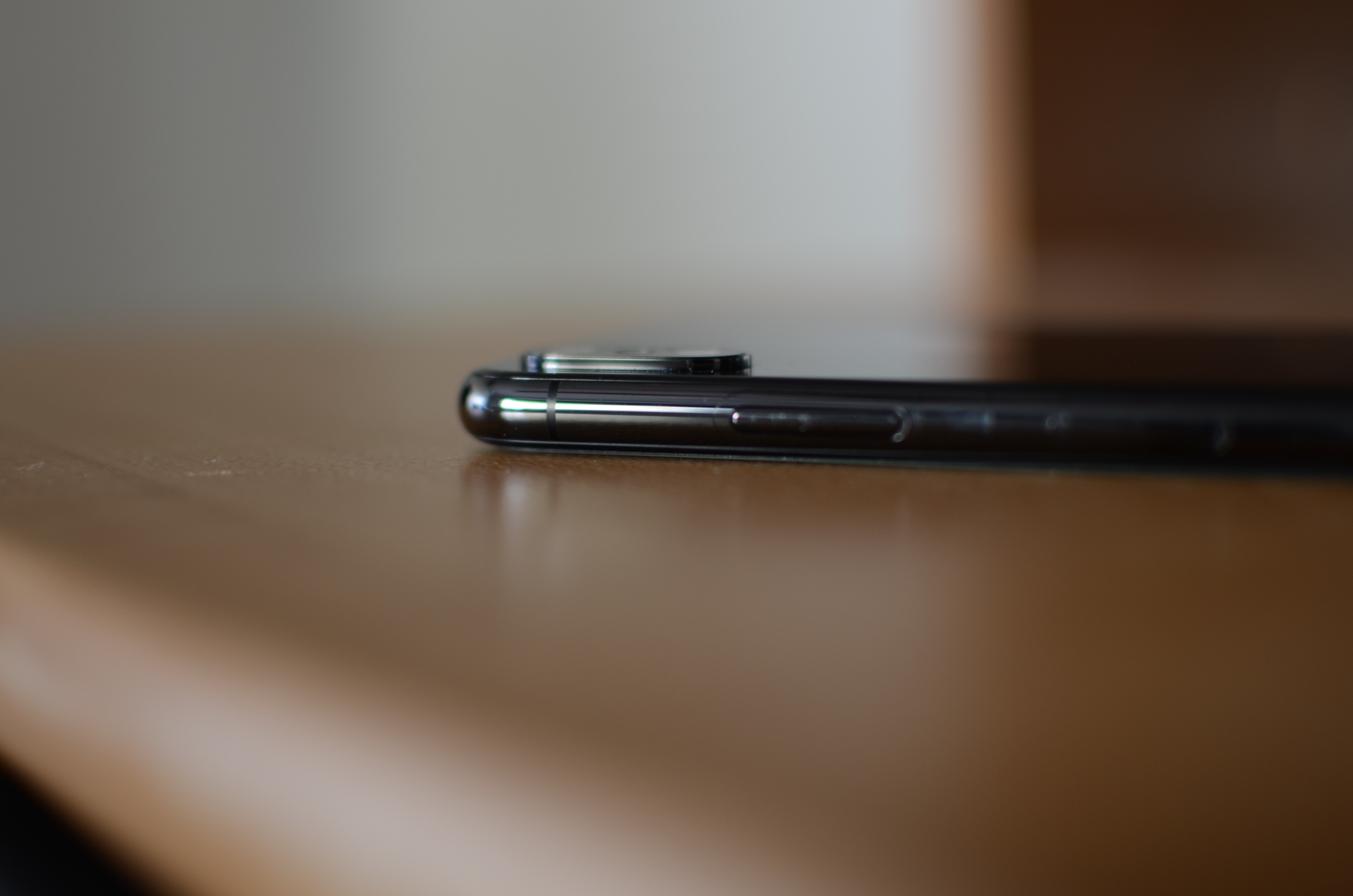
I hate the camera hump. For whatever reason, Apple thought it would be a great idea to ditch the flat-backed iPhone design for one that embraces a protruding camera lens, and they’ve even brought this same ill-conceived design principle to the iPad lineup.
Whenever you take your iPhone’s case off and lay the handset flat on a table, you can tap on the screen, and the entire device wobbles like a precariously perched boulder at the edge of a cliff. The problem is more pronounced for those who don’t use cases at all.
I’d like to see a future iPhone without a camera hump. Yes, even Android manufacturers are following suit, but this part of the modern iPhone design disgusts me significantly.
9. Revive Touch ID
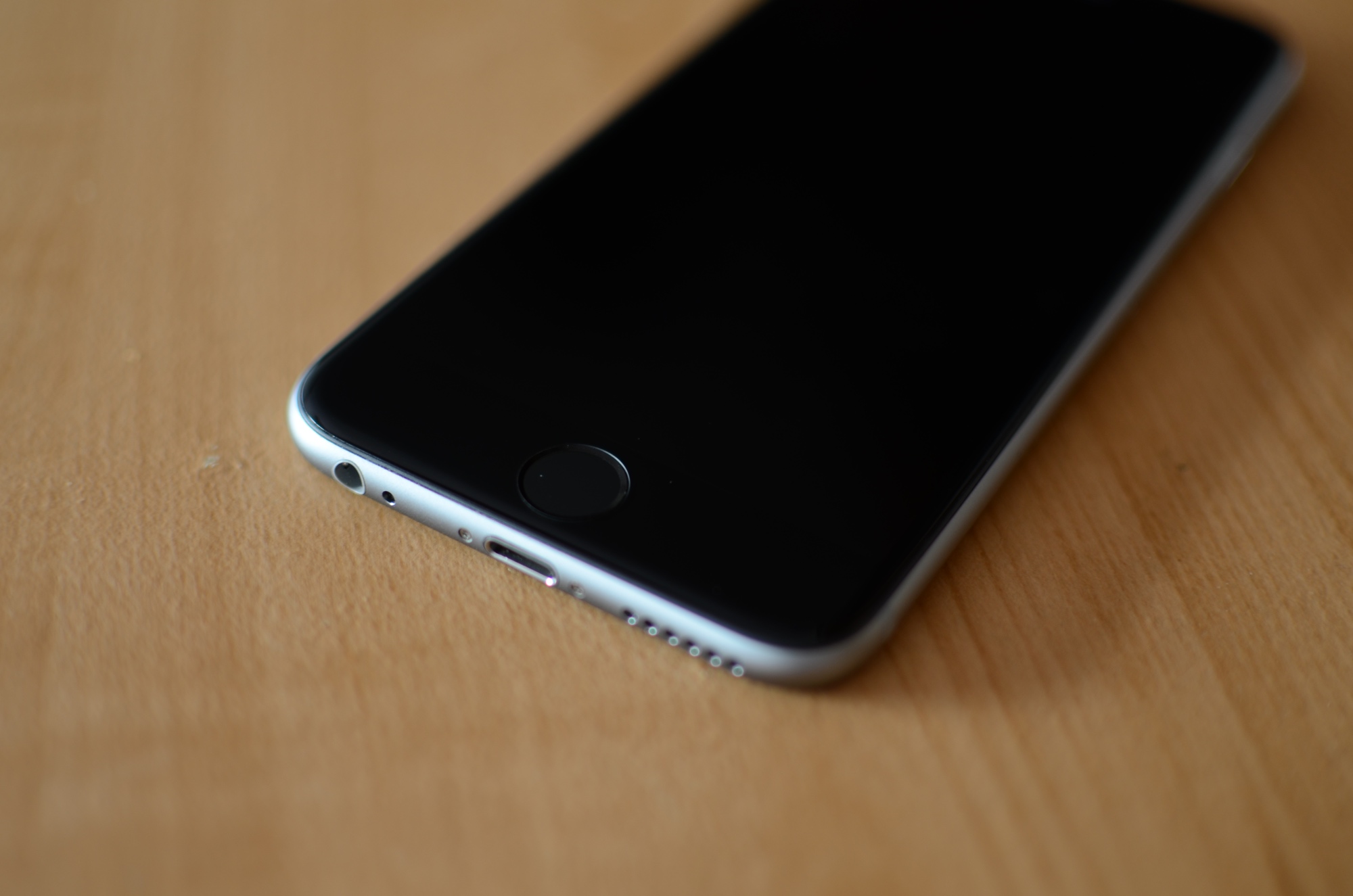
When Apple announced the iPhone X, it became clear that Face ID would become the future of biometric authentication. Unfortunately, the face recognition technology isn’t perfect… yet.
If you’re familiar with having to ‘bow’ to your iPhone to get it to register your face just right or having difficulties unlocking your iPhone while it’s kept on a table, then you’re just one of the thousands that might have a beef with Face ID. And I’ve been there.
While the older Touch ID sensor would occasionally get dirty or smudged and need cleaning, I never had to adjust my posture or struggle while lying in bed to unlock my iPhone with a fingerprint.
It seems like a large percentage of iPhone users want Touch ID back, and while it might seem like having a fingerprint sensor on a device with an edge-to-edge display would be awkward, keep in mind that several Android manufacturers have developed an on-screen fingerprint scanner with little or no aesthetic footprint.
Apple likely has no intention of bringing Touch ID back, but it would be neat if Apple gave users the choice to use Face ID or Touch ID on their own devices.
10. Increase the iCloud storage
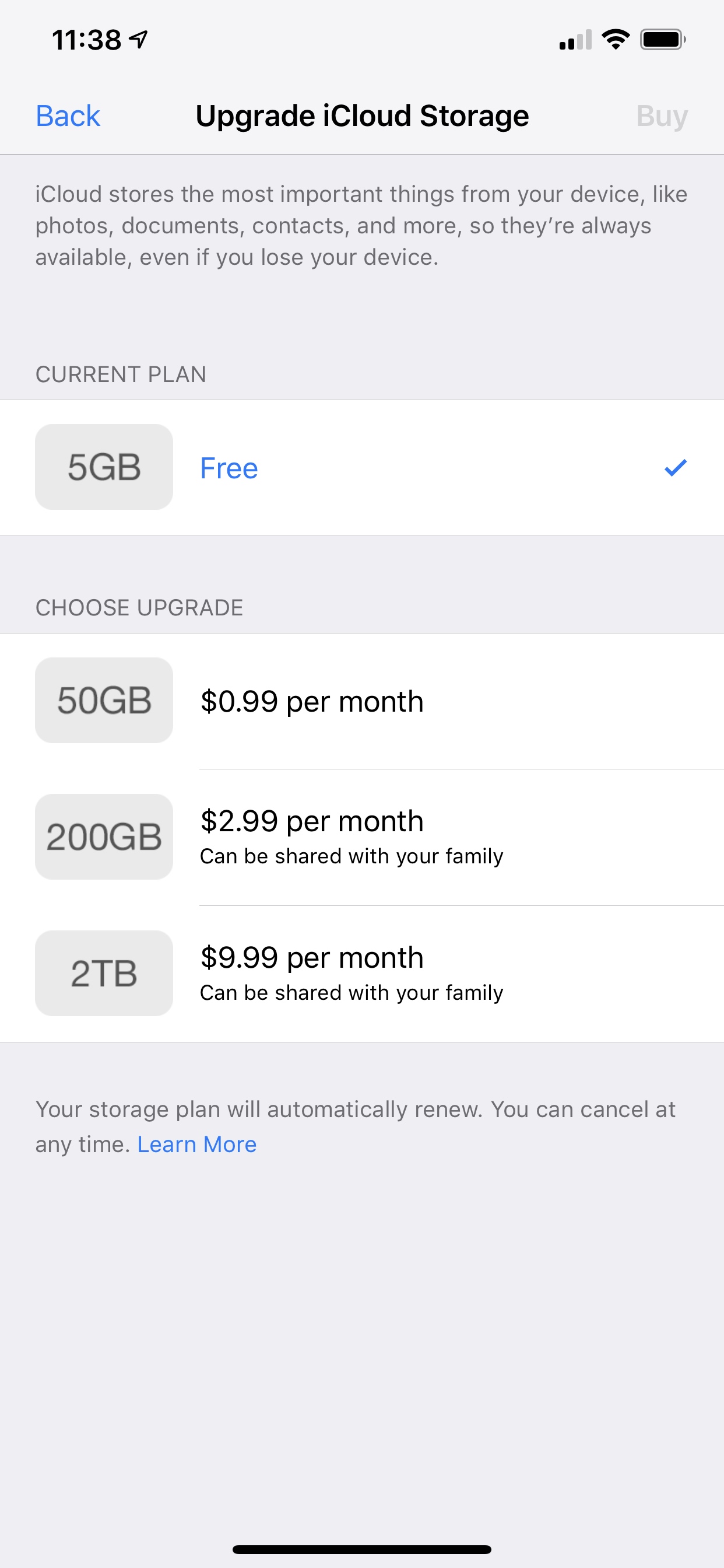
Apple’s answer to our growing dependence on the cloud for data storage was iCloud, but the Cupertino-based company only gives you 5 GB of storage for free out of the box.
5 GB of storage is not enough to back up your devices to the cloud, and that’s pushing it if you have a lot of photos or use iCloud Drive. Sure, Apple’s next cloud storage increment is 50GB for just 99 cents, but why pay for something when you don’t have to?
Coupled with the fact that Apple only lets you use iCloud for most essential iOS processes, it seems like a low blow that you get such a small amount of cloud storage out of the box. Apple should either provide more free iCloud storage for its iPhone customers or permit deeper third-party cloud storage integration from reputable providers.
On a related note: